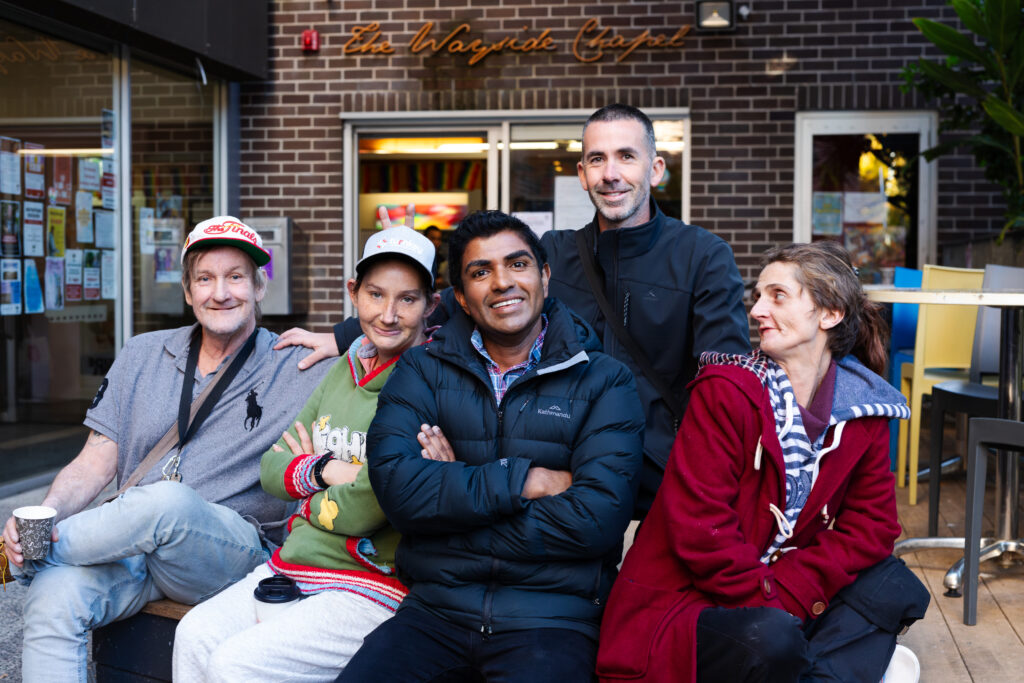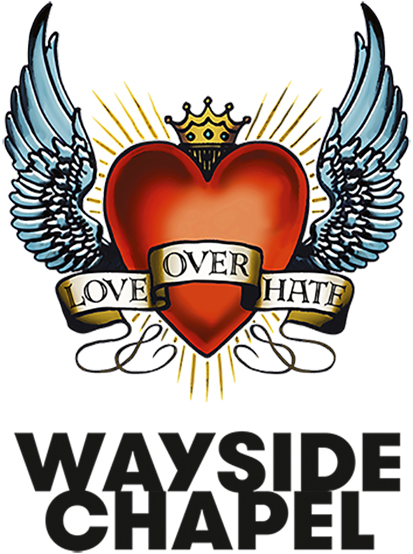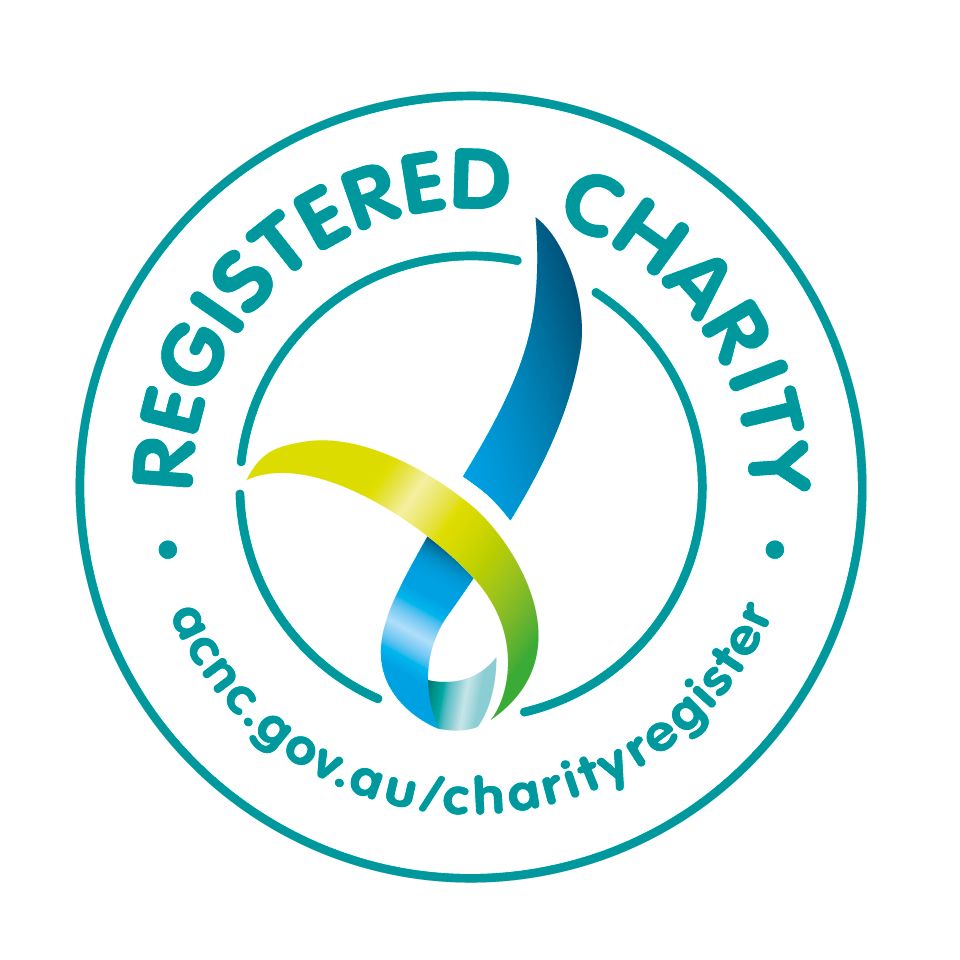Wayside Chapel has provided unconditional love, care and support for people on and around the streets of Kings Cross since 1964.
This year marks a significant milestone for Wayside Chapel as we celebrate 60 years of service and the spirit that’s driven it – filled with love, grit and an unwavering belief in the power of connection and community.
Every visitor, volunteer, staff member and supporter who walks through our doors plays a crucial role in this journey, helping to create community with no ‘us and them’ —a community that’s infinitely more connected, more compassionate, because we’ve chosen to stand side by side.
We would love for you to learn more about our colourful history and our deep commitment to alleviating loneliness, inequality, and disadvantage.
When one issue ends, we don’t end. We simply shift our energy to where it is needed most.
The 1960s
Reverend Ted Noffs opened Wayside Chapel in 1964, during a time when Kings Cross was rapidly becoming a hub for disaffected youth, known for its red-light district, illegal gambling, and drug culture. Initially, Wayside Chapel occupied a couple of rooms in an unassuming apartment block on Hughes Street. It quickly became a gathering place for people from all walks of life to share their concerns, voice their opinions, and find connection. Within a few years, Wayside Chapel expanded to include a chapel, coffee shop, crisis centre, and the first office of the Foundation for Aboriginal Affairs. The pivotal 1965 Freedom Ride to regional NSW, led by Charles Perkins was organised here. The addition of a theatre drew diverse crowds to watch drama, music, film, and public debates. By the end of the decade, Wayside Chapel had cemented its place in the fabric of Sydney society.
The 1970s
The growing drug culture of the 1970s and the devastation it causes to people on and around the streets of Kings Cross causes deep concern for those working at the coalface of humanity. Action comes before preaching at The Wayside Chapel. Determined to do something, Ted and his team expand programs to increase crisis support and reach out to homeless people and the many old, blind and disabled people living in poverty in the local area.
The 1980s
The 1980s began with a flurry of celebration but ended with great sadness. Thousands of weddings and naming ceremonies were conducted at Wayside Chapel, across Sydney, and interstate. However, as the decade continued, the strain from Ted’s ever-increasing workload became apparent. In 1987, Ted Noffs suffered a massive stroke and was unable to return to work. Despite the turbulent events of the 1980s causing much heartache, Wayside Chapel continued to serve people in need. The crisis centre received approximately 2,000 calls a month, and thousands more visited Wayside seeking acceptance and support without judgment.
The 1990s
The defining moment of the 1990s came as the decade drew to a close. Caught in the midst of a heroin boom, Reverend Ray Richmond, who took over Wayside Chapel earlier in the decade, was moved to action by the countless lives lost to drug overdoses. He established a safe injecting room known as ‘The Tolerance Room,’ an act of civil disobedience that led to a change in state legislation and the creation of the first medically supervised injecting centre. Despite this significant win, the 1990s were challenging for Wayside Chapel. The Noffs family parted ways in 1992 to continue Ted’s work through the Ted Noffs Foundation. Ray faced the challenge of running an organisation under great financial strain, resulting in cutbacks to programs and the building falling into disrepair. The once iconic charity slowly became a shadow of its former self.
The 2000s
A new decade brought new hope. Rev Graham Long took over in 2004 and set about returning Wayside Chapel to its former glory. This was no easy feat, as the building was deteriorating, and funds were in desperately short supply. However, with the help of neighbours and politicians, $8.2 million was raised to completely redevelop Wayside Chapel. Despite financial challenges, Graham managed to establish an innovative program to reduce social isolation for those living with mental health issues and a community education initiative to raise awareness of the issues faced by Sydney’s marginalised community.
The 2010s
Wayside Chapel launched into the 2010s with a revived mission to create a community with no ‘us and them’. After five years of fundraising, an $8.2 million investment, and 22 months of construction, the chapel’s new building opened in May 2012 in front of a crowd of 800 people. With the new building complete, Wayside services flourished. The Wayside Community Cafe, Aboriginal Program, Rooftop Garden, and Day to Day Living Program were established to meet the changing needs of the community.
In 2014, Wayside celebrated its 50th anniversary, pausing with deep gratitude for the past before launching with hope into the future. In 2016, Wayside Chapel officially took over management and governance of Norman Andrews House, a chapel and community services centre in Bondi Beach. This created a second crucial hub for the community, including social enterprises like an op shop and the Heart Cafe, which employed young people.
The 2020s

Almost immediately after Jon Owen took over Wayside, the world shut down due to the COVID-19 pandemic. In response, Wayside boldly took its mission to the streets. We helped maintain “connection without infection” by deploying mobile centres to assist people from the streets into hotels and temporary accommodation. Our outreach teams redefined “frontline work,” delivering care packs, vaccinations, art kits, and healthcare across metropolitan Sydney to those in need.
Amidst the lingering effects of the pandemic, the world remains in turmoil, and that has never been more evident than at our front door. Visitor numbers have increased, with more complex presentations as people struggle. Rates of mental ill health, addiction, and domestic and family violence are rising. With the soaring cost of living and the housing crisis, more people than ever need our support.
Fortunately, our community has rallied together, revitalising our spaces and initiatives to ensure that our visitors continue to receive the unparalleled care and connection they deserve. In 2022, we proudly re-opened the Aboriginal Cultural Centre, dedicated to healing, culture, and connection to country. The following year, in 2023, we launched our Women’s Program and Space, providing a safe and practical hub for women in crisis.
As we reflect on 60 years of being Side by Side in 2024, it is an exciting time as we face all challenges with love and courage, looking forward to turning our dreams of a better future into reality.


